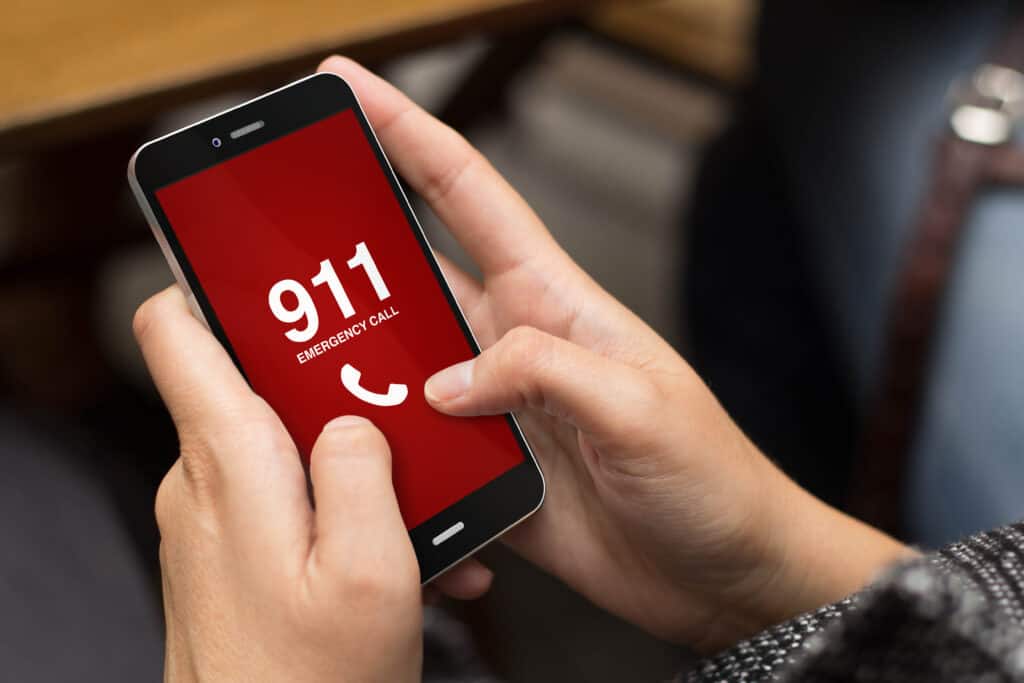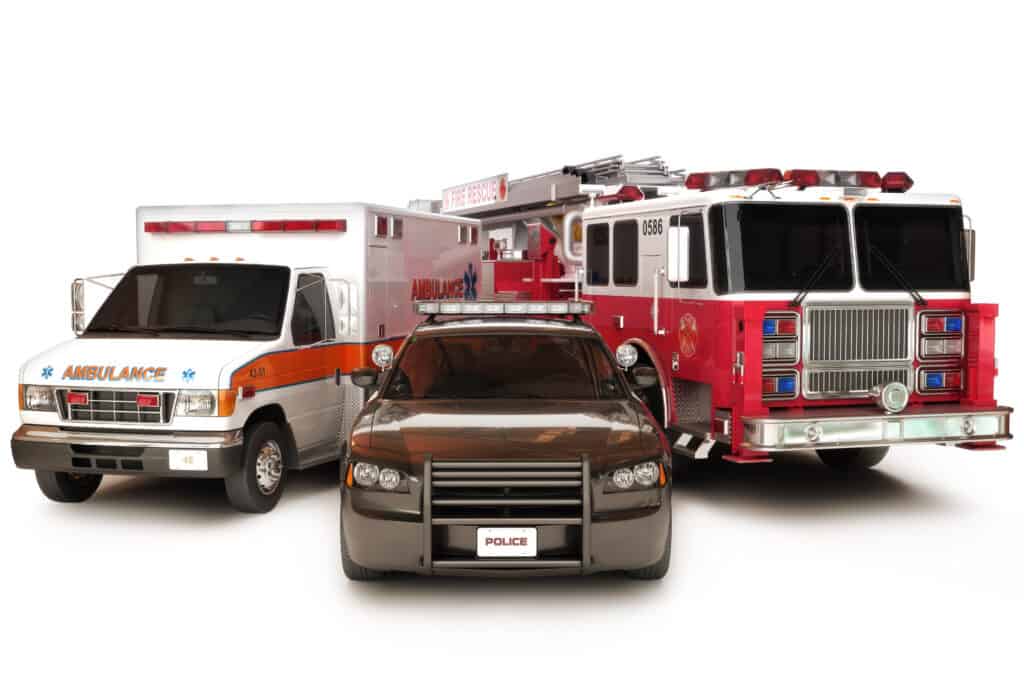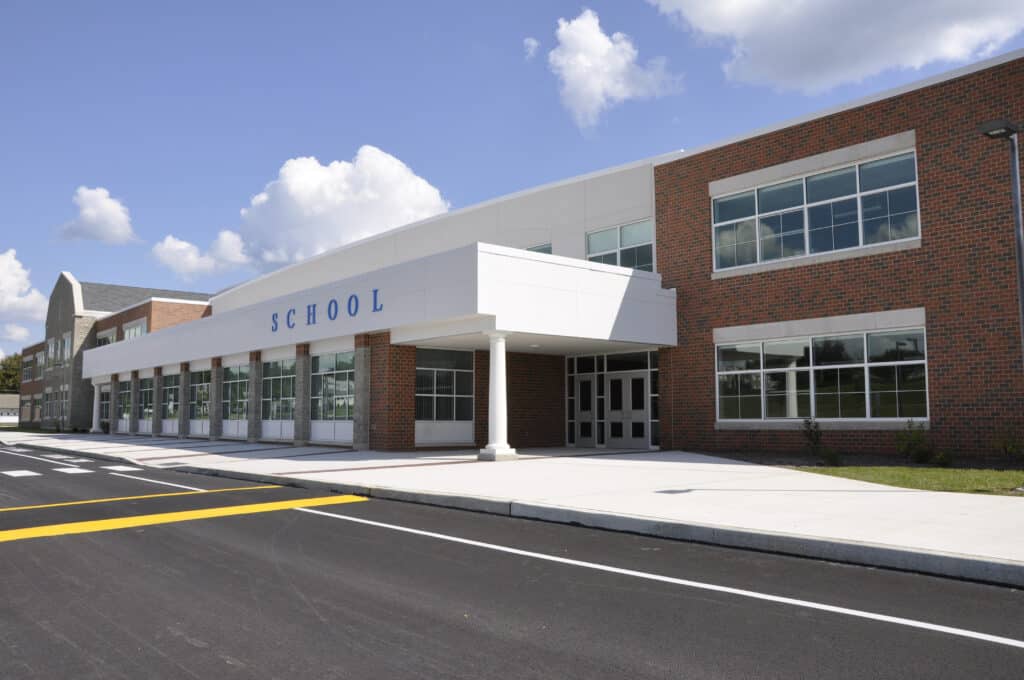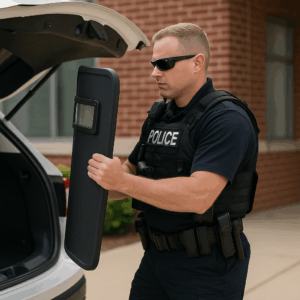School reunification drills are an essential component of school safety and security, as they prepare students, staff, and first responders for the process of reuniting students with their families following a crisis or emergency situation.
These drills are designed to help schools practice an organized and efficient method to account for and reunite students with their families while ensuring the safety of all involved.
The importance of such drills cannot be overstated, as they not only provide a sense of security and preparedness but also help to reduce anxiety and confusion during a real-life event.
Running effective school reunification drills involves careful planning and coordination among school administrators, staff, emergency responders, and parents.
It’s vital to establish clear protocols and procedures, including a designated reunification site (possibly a backup), communication methods, and a system for verifying the identity of parents or guardians before releasing students to them.
Additionally, schools should engage in regular training and evaluation exercises to ensure all parties understand their roles and responsibilities during the reunification process.
This might involve partnering with outside resources (local law enforcement, emergency management agencies, and/or private companies) to provide expert guidance and support.
By implementing and practicing school reunification drills, educational institutions can better promote a secure and supportive environment for students, staff, and families alike.
This proactive approach to school safety and security ultimately prepares schools to efficiently and effectively handle emergency situations, reducing the potential for long-term impacts on the well-being of all those involved.
What Are School Reunification Drills
School reunification drills are planned exercises designed to prepare schools, students, and parents for the process of reuniting students with their families following an emergency or crisis situation.
These drills are essential for ensuring a smooth and efficient reunification process, which can be particularly challenging during high-stress events, such as an active shooter incident or a natural disaster.
The primary goal of school reunification drills is to establish safe and orderly procedures for reuniting students with their parents/guardians, while also accounting for site-specific considerations that may impact the integration of these practices into a school’s safety plan.
By conducting regular drills, school safety teams can explore potential challenges and improve their response, ensuring a more effective and well-coordinated reunification when a real crisis occurs.
To run a successful school reunification drill, the following steps should be considered:
- Develop a comprehensive reunification plan that includes a designated reunification site, communication protocols, and clearly defined roles and responsibilities for staff, students, and parents.
- Designate a school safety team consisting of school administrators, teachers, support staff, and local law enforcement to oversee and manage the drill.
- Communicate the plan with all stakeholders, including staff, students, parents, and the wider community, to ensure everyone is informed and understands their role in the reunification process.
- Conduct regular reunification drills, optimally in conjunction with other school safety exercises, such as lockdown or shelter-in-place drills. This allows participants to become familiar with the procedures, identify potential issues, and make necessary adjustments.
- Review the drill results with the school safety team and use the feedback to fine-tune the reunification plan and enhance its overall effectiveness.
Incorporating reunification drills into a school’s safety and security program is crucial for ensuring an efficient and well-coordinated response during emergencies.
By regularly practicing and refining the reunification process, schools can strengthen their overall safety and better support their communities in times of crisis.
Why School Reunification Drills Are Important
When a crisis occurs, such as a natural disaster, acts of violence, or other threats to school safety, it is imperative that schools have a structured process in place to reunite students with their families as efficiently and safely as possible.
These drills play a significant role in creating a secure and positive school climate by fostering strong relationships between schools, law enforcement, emergency responders, and the community.
One of the primary benefits of school reunification drills is the development of a comprehensive and well-coordinated response plan for handling critical incidents.
These drills allow schools to evaluate their reunification procedures, identify potential gaps, and make improvements as needed, ensuring a more effective and streamlined process during real emergencies.
Additionally, both school personnel and law enforcement officials have an opportunity to practice their respective roles, enhancing interagency cooperation and communication.
Another essential aspect of conducting school reunification drills is addressing the mental health needs of students and staff during a crisis.
The FEMA guide on parent-student reunification plans highlights the importance of providing emotional support and resources to those affected by traumatic events.
By planning and practicing reunification drills, schools can establish a framework for addressing the emotional well-being of students and staff, enhancing the overall school climate, and promoting a quicker return to normalcy.
Moreover, the proper execution of school reunification drills helps mitigate misinformation and confusion during emergencies.
With effective communication systems and protocols in place, parents and guardians are able to receive accurate and timely information about their child’s safety and the reunification process, thereby reducing panic and uncertainty.
To run a successful school reunification drill, it is essential to involve all relevant stakeholders, including school administrators, law enforcement, local government agencies, private organizations, and community groups.
Incorporating a variety of elements, such as tabletop exercises, walkthroughs, and full-scale simulations, allows schools to thoroughly assess their preparedness and response capabilities.
Key Components of School Reunification Drills

School reunification drills involve practicing the process of bringing everyone together at a designated location and returning students to their families or caregivers.
In this section, we will discuss the key components of school reunification drills, including roles and responsibilities, communication and notification, and site selection and setup.
Roles and Responsibilities
It is crucial to assign specific roles and responsibilities to all individuals involved in the reunification process.
This includes school administrators, teachers, support staff, first responders, parents, and other stakeholders.
Each person must understand their role and be trained on their responsibilities to ensure a smooth and efficient reunification process.
For example, designated staff may be responsible for notifying parents, checking identification, and managing crowd control.
Communication and Notification
Effective communication and notification are crucial during school reunification drills.
According to FEMA’s Parent-Student Reunification Plan toolkit, schools should have a designated system for communicating with parents and caregivers about the reunification process.
This may include sending out updates via text messages, social media, or phone calls.
Additionally, schools should provide information to parents about how and where to pick up their children and what identification they will be required to show.
Site Selection and Setup
Selecting an appropriate reunification site is an essential component of the reunification process.
The location should be safe, accessible, and able to accommodate the entire school population.
The Texas School Safety Center recommends having multiple potential reunification sites in case the primary location is unavailable or inaccessible.
Additionally, schools should ensure the site is set up with the necessary equipment, resources, and signage for a successful reunification process.
In summary, school reunification drills are essential for maintaining a safe learning environment.
Key components of these drills include assigning roles and responsibilities to all participants, having effective communication and notification systems in place, and selecting suitable reunification sites.
By implementing these practices, schools can take actionable steps toward ensuring the safety and security of their students, faculty, staff, and visitors.
How to Run a School Reunification Drill
Planning and Preparation
Before conducting a school reunification drill, it’s crucial to have a solid understanding of the reunification process and procedures.
Planning should involve key stakeholders, including school staff, students, parents, and emergency management personnel.
It is essential to establish clear objectives, such as improving communication, coordination, and the efficiency of the reunification process.
To prepare for the drill, school officials should:
- Identify potential reunification locations far enough away from campus to avoid interfering with emergency response activities.
- Develop a timeline for the drill that includes setup, execution, and deactivation.
- Create incident command structures that align with local emergency management protocols.
- Train staff and students on their roles in reunification and provide them with the necessary tools and resources.
- Develop clear reunification policies and procedures, ensuring that everyone involved understands their role and responsibilities.
- Communicate with parents and provide them with information about the drill, including timeframe, location, and purpose.
Conducting the Drill

During the reunification drill, participants should follow the procedures outlined during the planning and preparation stage.
Key steps include:
- Activating the incident command structure and assigning personnel to their respective roles.
- Communicating with parents and caregivers through multiple channels. It’s essential to keep them informed about the process and what they should do in case of a real event.
- Establishing a secure perimeter around the reunification site.
- Implementing a check-in system for both students and parents that keeps track of everyone involved in the process.
- Reuniting students with their parents or authorized caregivers using a secure and efficient process to minimize anxiety and confusion.
- Evacuating students and staff from the school building according to the established protocols.
After-Action Review and Improvement
After the drill is complete, it’s essential to conduct a thorough after-action review to identify areas for improvement.
This process should involve all stakeholders and focus on evaluating:
- The effectiveness of communication between all parties involved.
- The efficiency of the reunification process and the tools and strategies used.
- The implementation of the incident command structure and its alignment with local emergency management protocols.
- The adherence to established policies and procedures by staff, students, and parents.
- The success in meeting the objectives established during the planning and preparation stage.
Based on the results of the after-action review, school officials should develop and implement an improvement plan that addresses any identified shortcomings.
This continuous improvement process is crucial for enhancing the overall safety and security of the school community.
Challenges and Considerations for School Reunification Drills

One of the primary challenges associated with school reunification drills is coordinating the efforts of multiple agencies, including the school district, local and state emergency responders, the U.S. Department of Education, and various community organizations.
Communication and collaboration among these entities are crucial for the success of the drilling process.
Another significant challenge is designing scenarios that accurately reflect a real-life emergency while maintaining a nurturing and non-threatening environment for students, especially considering the prevalence of bullying and victimization in schools.
Striking the necessary balance between realism and sensitivity is essential for ensuring the effectiveness of the drill and minimizing potential trauma.
Technology implementation can also pose challenges for school reunification drills, as tools like security cameras and registration systems must be integrated with the communication infrastructure of multiple agencies.
Ensuring the interoperability of these systems is critical for the successful reunification of students and their families.
To run a successful school reunification drill, the following factors should be considered:
- The design of the drill should reflect potential real-world scenarios, such as a school shooting or natural disaster, with an emphasis on a clear, well-communicated plan.
- Collaboration among school officials, first responders, and other community stakeholders is essential for smooth operations during a reunification drill.
- Adequate training for all involved parties, including teachers, staff, administrators, and emergency personnel, is necessary to ensure the success of the drill.
- Technology should be leveraged for improved situational awareness, communication, and student tracking during the reunification process.
- Privacy and emotional well-being of the students should remain a priority throughout the drill, with an emphasis on fostering a supportive and non-threatening environment.
By addressing the various challenges and considerations associated with these drills, schools can better prepare for emergency situations and foster a safer, more unified school community.
Conclusion
School reunification drills are a critical aspect of school safety and security.
These drills not only help to ensure the well-being of students and staff during a crisis but also allow schools to evaluate and refine their emergency response plans.
By regularly practicing and updating their reunification procedures, schools can maintain a high level of preparedness, ultimately fostering a safer and more secure environment for all involved.
Looking to improve your school’s safety and security protocols? Look no further! Our team offers comprehensive training and consulting services for Guardian Programs, Emergency Operations, Safety & Security Audits, Customized Training, and more. Don’t wait until it’s too late to ensure the safety of your students and staff. Contact us today to schedule a consultation and take the first step towards a safer school environment.






